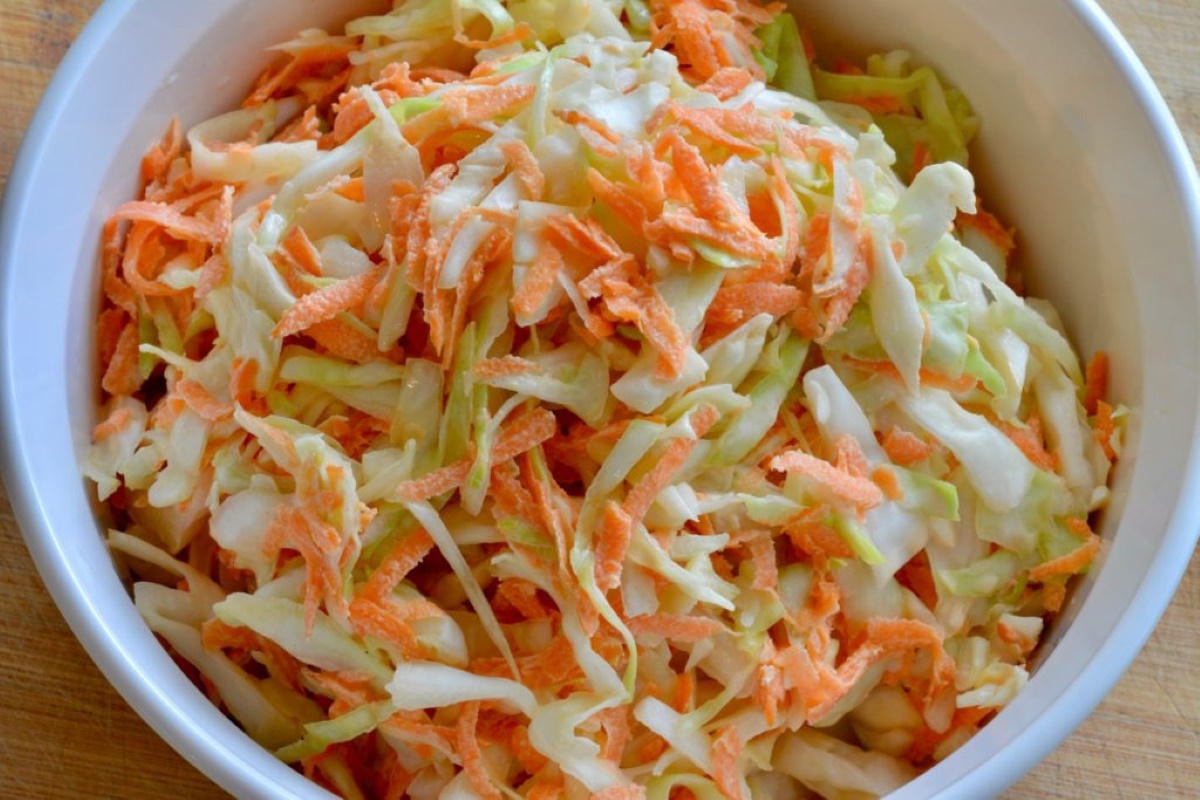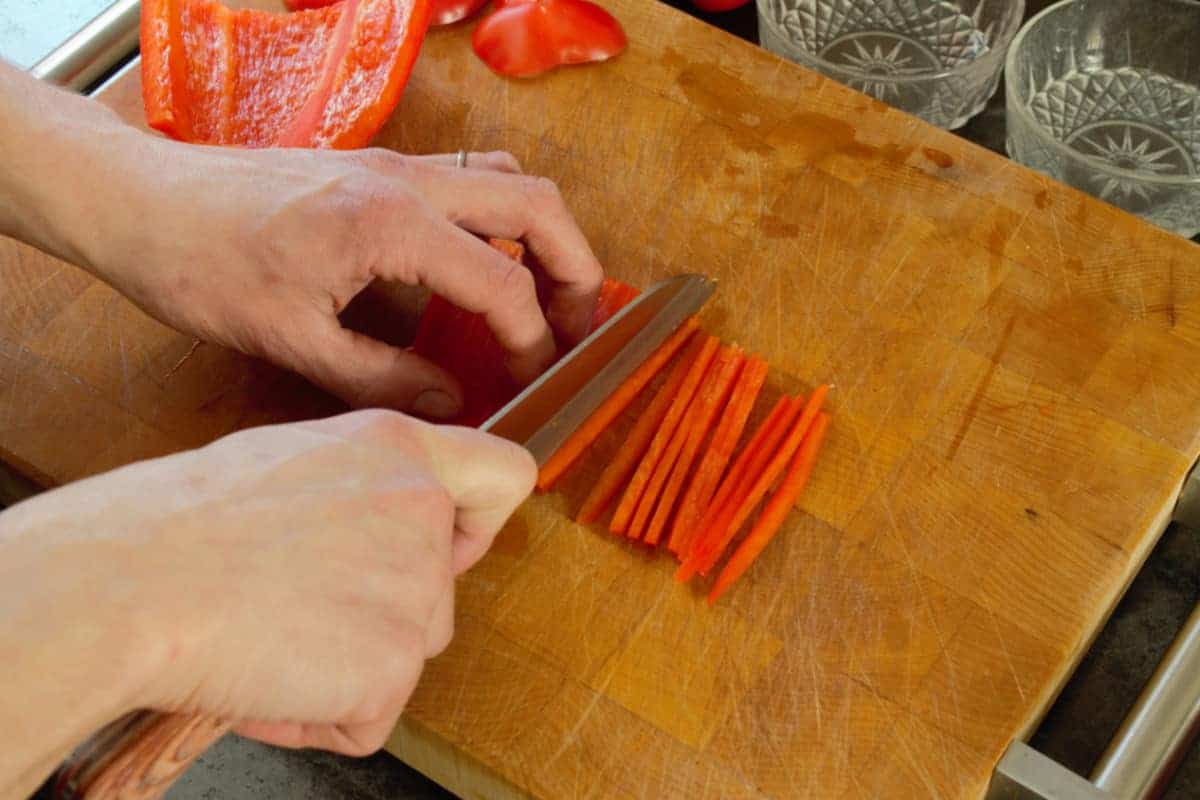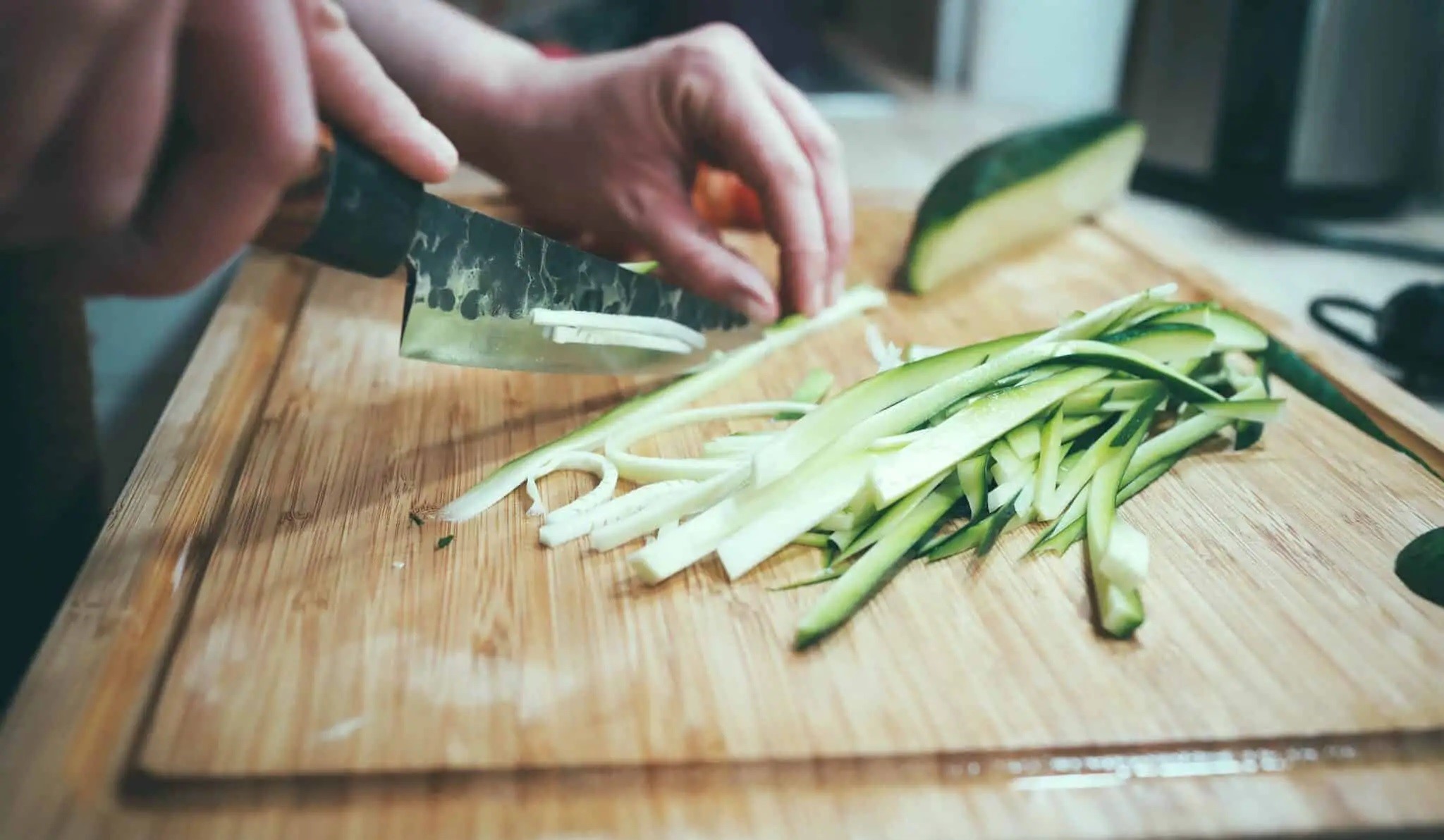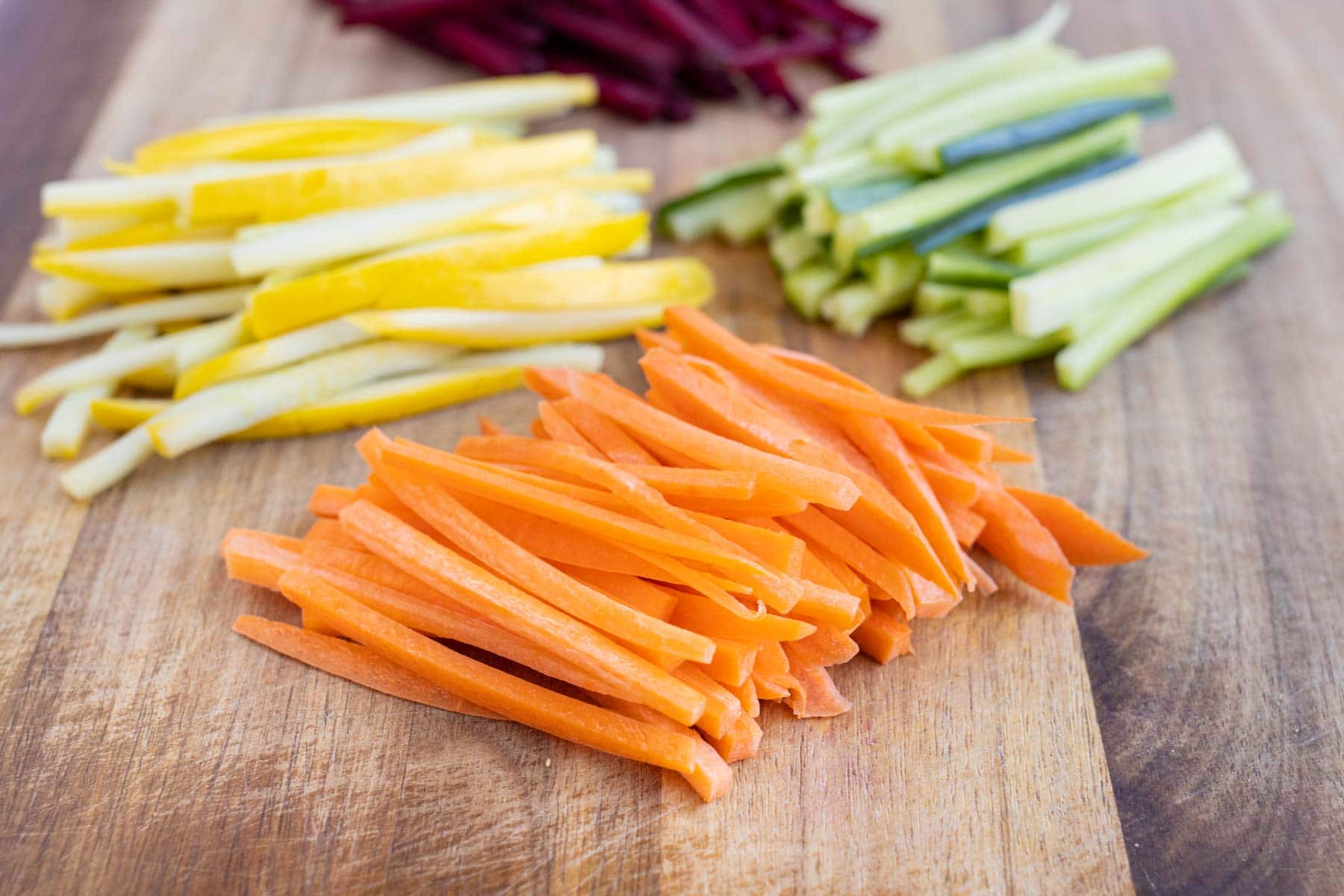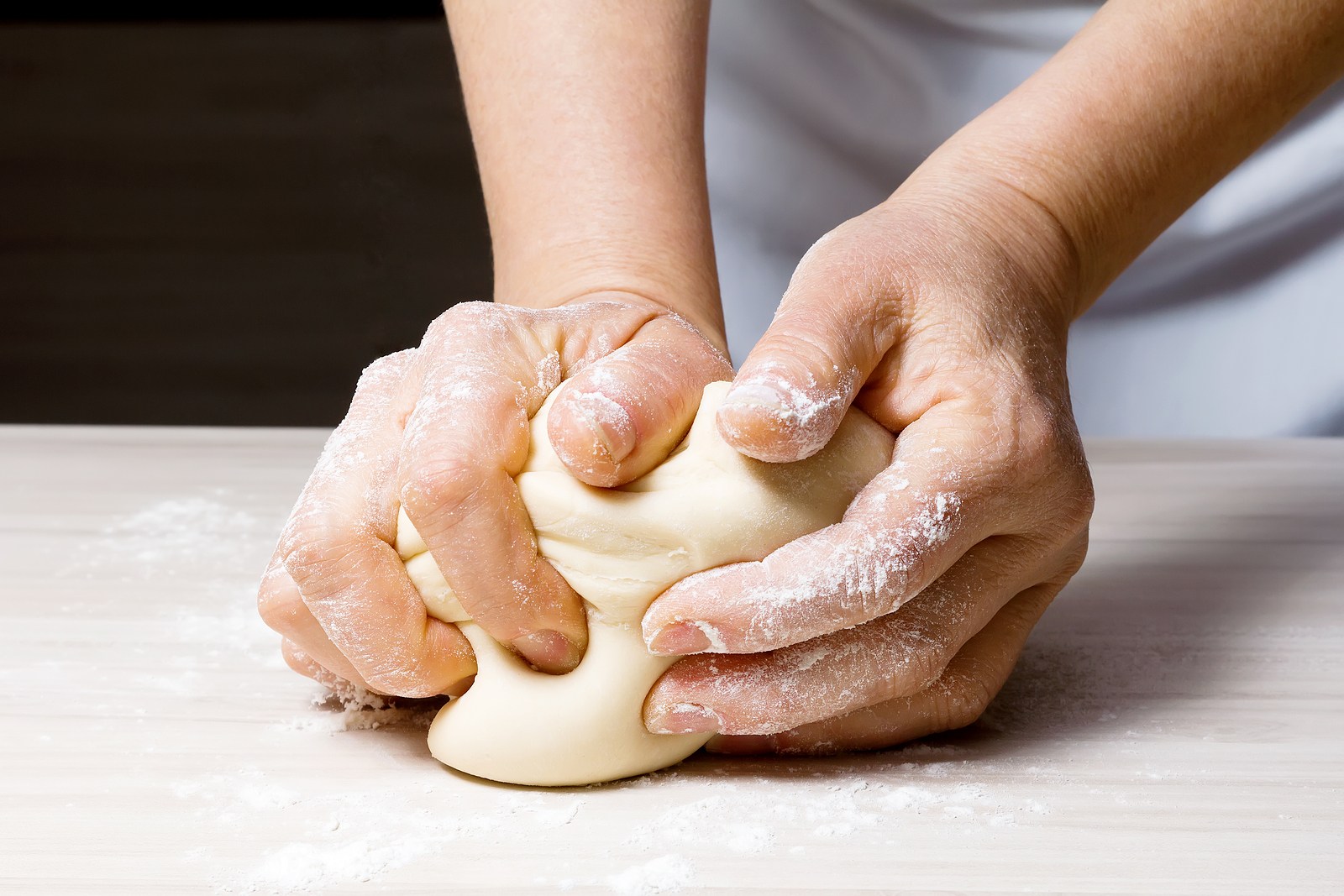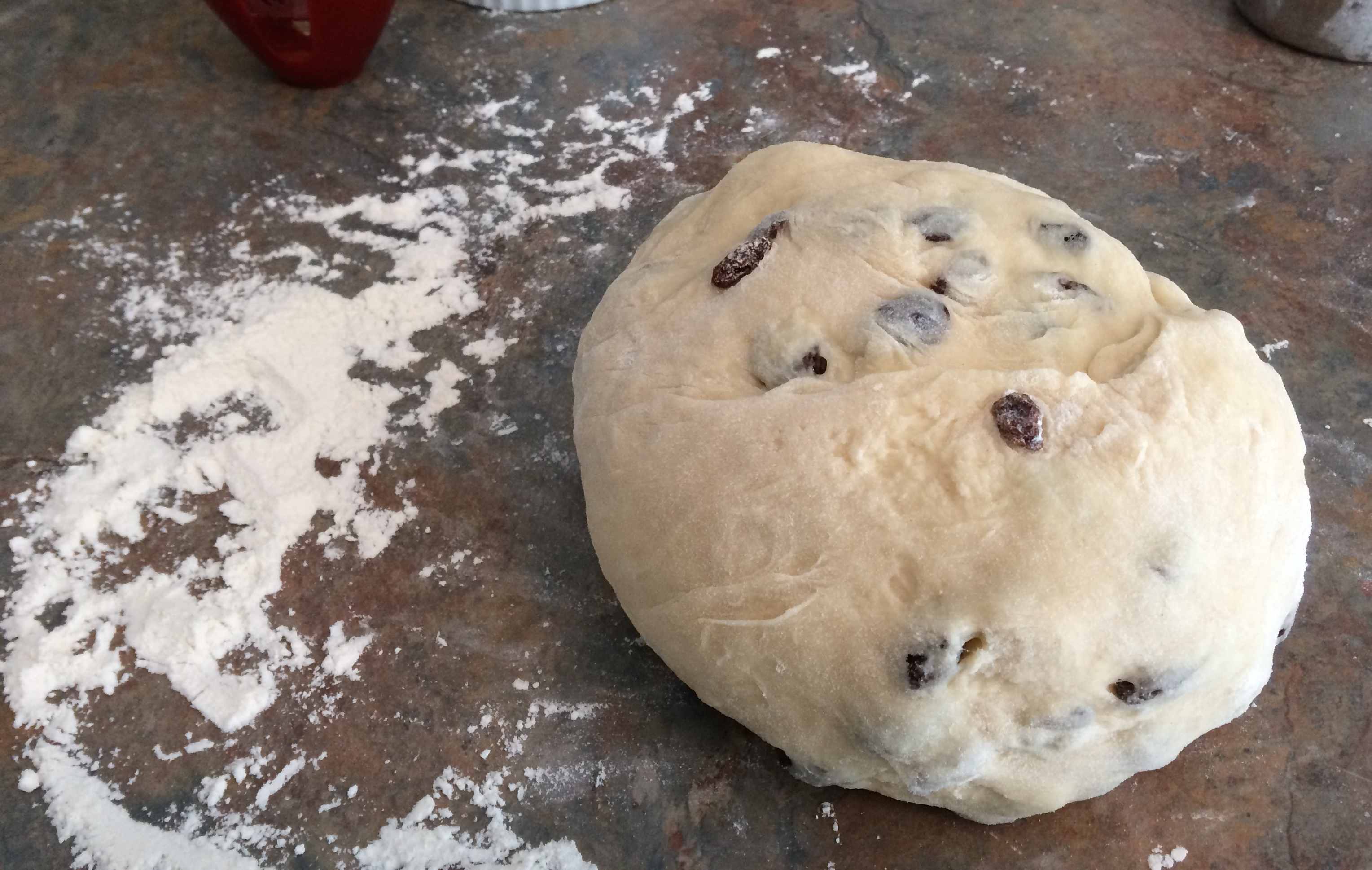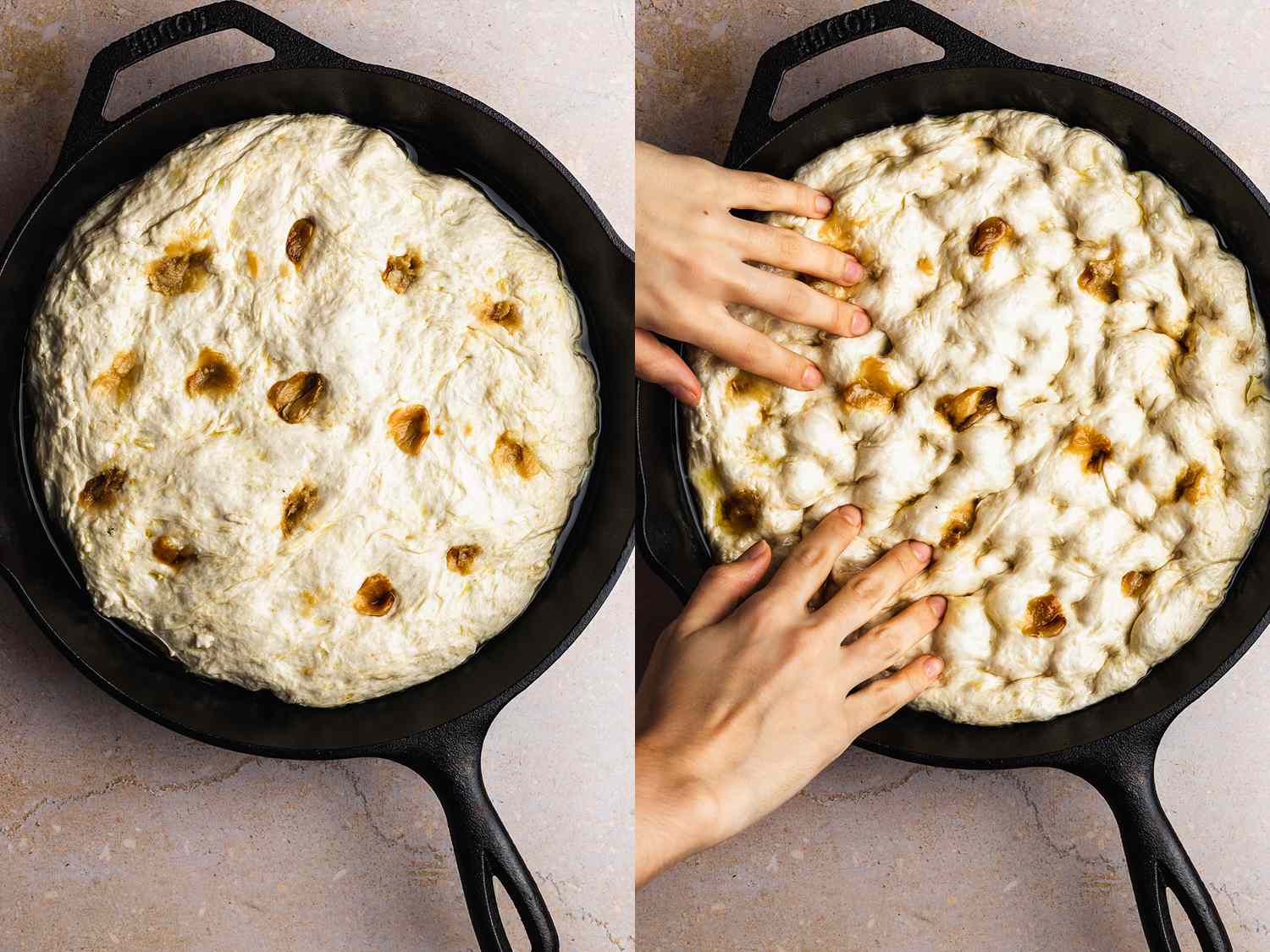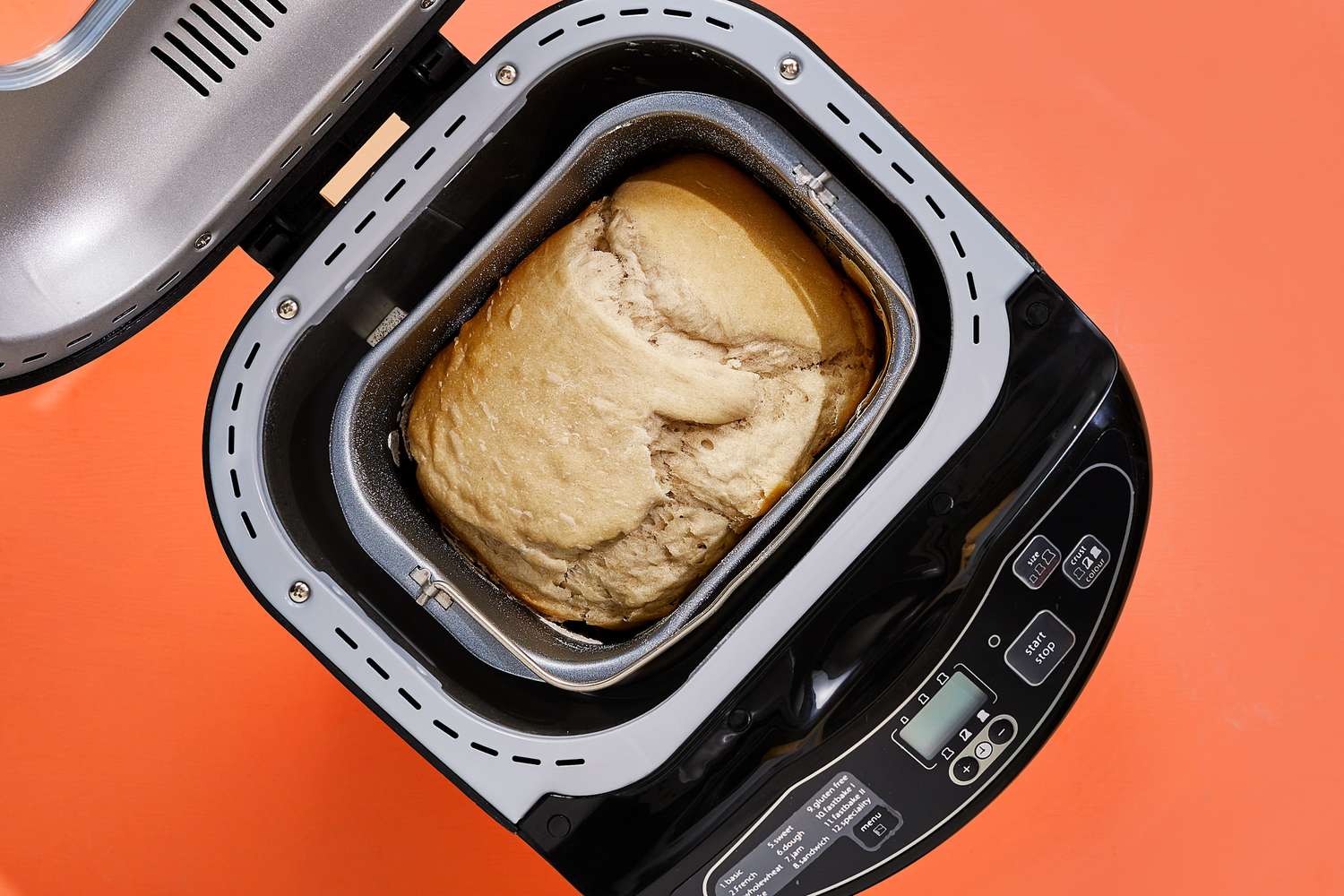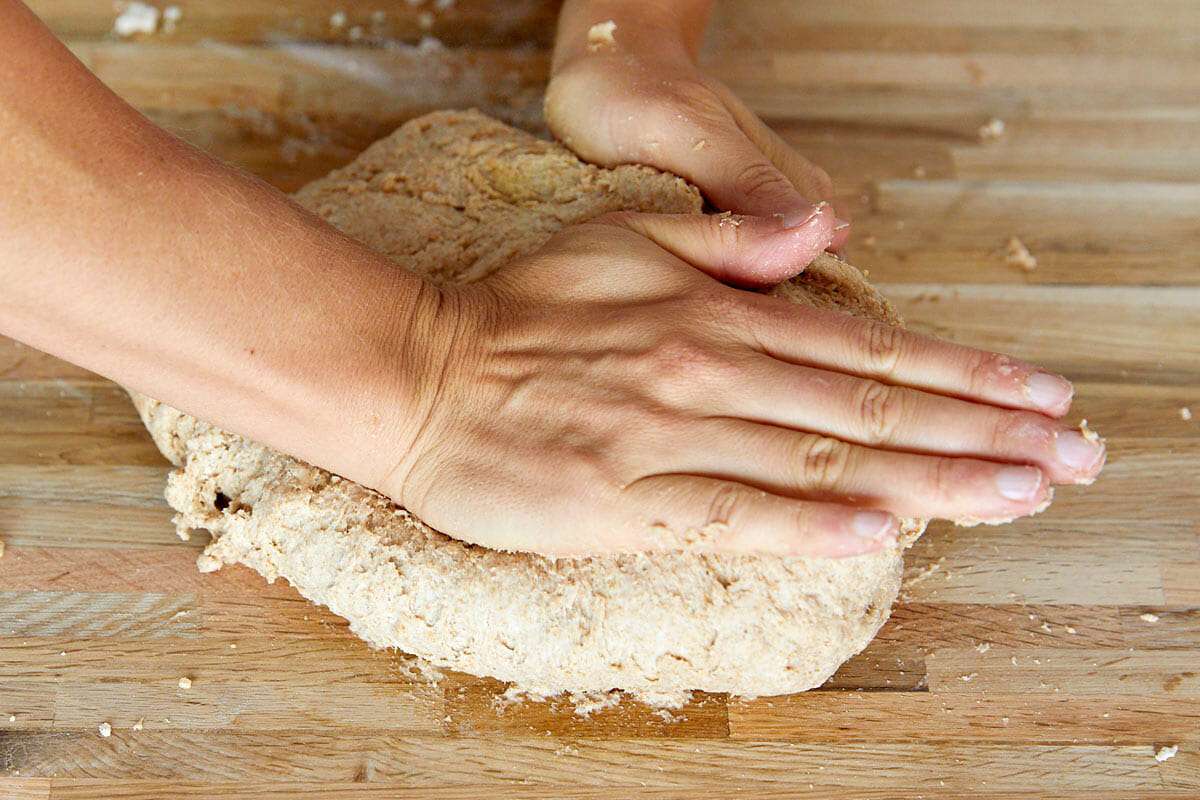Mastering the Art of Julienne Cabbage
Julienning cabbage is a simple yet effective way to add a crisp and refreshing element to your dishes. Whether you want to use it in a salad, coleslaw, or stir-fry, mastering the art of julienning cabbage can take your culinary skills to the next level. In this guide, we’ll walk you through the step-by-step process of julienning cabbage like a pro.
What You’ll Need
Before we dive into the julienning process, let’s gather the necessary tools and ingredients:
- A head of cabbage
- A sharp chef’s knife
- A cutting board
- A vegetable peeler (optional)
Preparing the Cabbage
Start by removing any outer leaves from the cabbage and rinsing it under cold water. Once cleaned, place the cabbage on the cutting board and carefully slice it in half through the core.
Julienning Technique
Now, it’s time to julienne the cabbage. Follow these steps for a perfect julienne cut:
- Place one of the cabbage halves flat side down on the cutting board.
- Using your chef’s knife, carefully slice the cabbage into thin shreds, about 1/8 inch thick.
- Continue slicing until you reach the core of the cabbage, then rotate the cabbage and repeat the process on the other side.
Tips for the Perfect Julienne
Julienning cabbage requires precision and attention to detail. Here are some tips to help you achieve the perfect julienne cut:
- Keep your fingers tucked in and use a sharp knife to ensure clean cuts.
- If you prefer thinner shreds, consider using a vegetable peeler to create delicate strips of cabbage.
- Take your time and focus on maintaining a consistent thickness throughout the julienne cuts.
Utilizing Julienned Cabbage
Once you’ve mastered the art of julienning cabbage, the culinary possibilities are endless. Here are a few ideas for using julienned cabbage in your recipes:
- Asian-Inspired Slaw: Combine julienned cabbage with shredded carrots, scallions, and a tangy dressing for a refreshing slaw.
- Stir-Fry: Add julienned cabbage to your favorite stir-fry for a satisfying crunch and vibrant color.
- Tacos and Wraps: Use julienned cabbage as a crunchy topping for tacos or as a crisp filling for wraps.
Conclusion
Julienning cabbage is a valuable skill that can elevate your cooking and impress your guests. With the right technique and a sharp knife, you can easily julienne cabbage to add texture and flavor to a variety of dishes. So, grab a head of cabbage, sharpen your knife, and start julienning your way to culinary excellence!
For those eager to master the art of julienning cabbage, there are several recipes that showcase this skill beautifully. Start with Classic Coleslaw for a simple yet satisfying dish that highlights the crisp texture of julienned cabbage. Move on to Chicken and Cabbage Stir-Fry, where the thin strips of cabbage absorb the savory flavors of the sauce perfectly. Fish Tacos with Cabbage Slaw offer a refreshing and crunchy contrast to the tender fish, making it a delightful meal. For those with a penchant for bold flavors, Korean Kimchi is an excellent way to use your julienned cabbage in a traditional fermented dish that's bursting with zest. Finally, Cabbage and Carrot Salad combines the sweetness of carrots with the crunch of cabbage for a refreshing side dish. These recipes not only help you practice your julienning technique but also bring out the best in cabbage's versatility and flavor.

